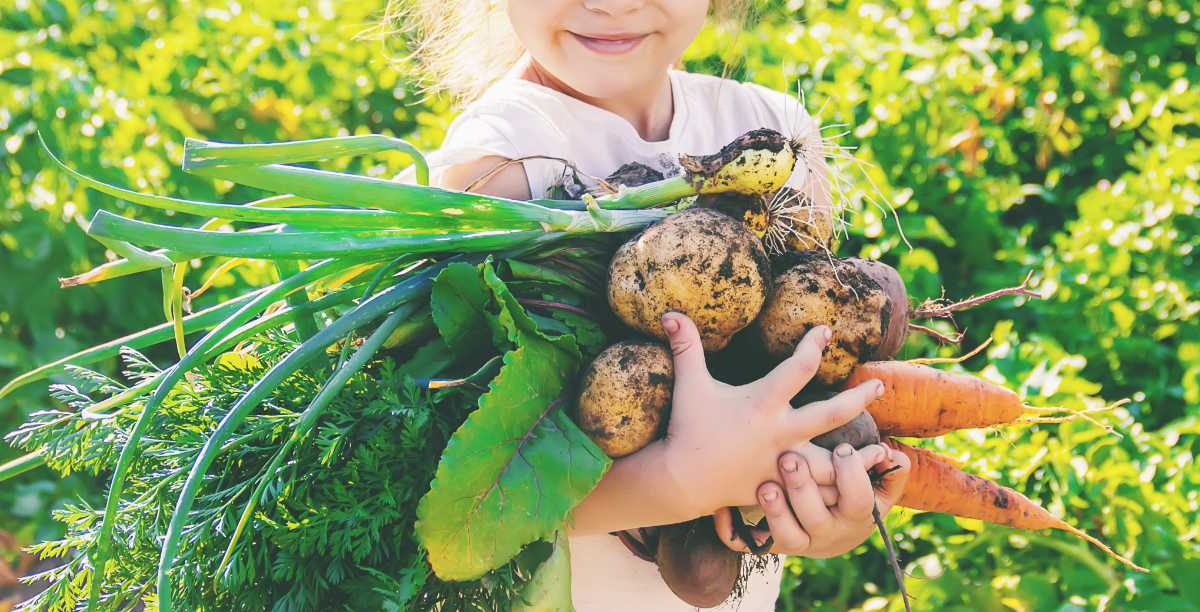With grow your own veg seeing a huge rise this year thanks to coronavirus and homegrown veg patches springing up, many people might be left with a surplus of veg as the year progresses. Don’t let grow your own veg go to waste – our guide on how to preserve vegetables can help you keep a stock of healthy, homegrown vegetables long after the growing season has finished.
Before freezers were invented, peas and beans were dried and then shelled, while onions and cabbages were hung or laid out on trays. Cucumbers and beetroot were pickled in vinegar.
Don’t give those lettuces time to bolt or leave those beans on the stalks too long that they become tough and stringy. New potatoes should be unearthed and eaten within a couple of hours of lifting to enjoy the finest flavour.
So, what to do? Here’s our guide on how to preserve vegetables rather than letting it all go to waste.
Read our guide to 6 books for grow-your-own fruit and veg beginners.
How to preserve vegetables
So many gardeners find that the fruits of their labours are in complete excess of their needs and end up making a mound of chutney or jam which they simply won’t get through. How guide on how to preserve vegetables covers the main home crops – from soft fruits and hard-to-store lettuce to how to store root vegetables, herbs and how to blanch veg to keep crops fresher for longer.
- Freezing
But there are ways of storing a lot of what you harvest. You can blanch and freeze many vegetables and freeze fresh herbs in water in ice-cube trays to add to casseroles and soups throughout the winter months.
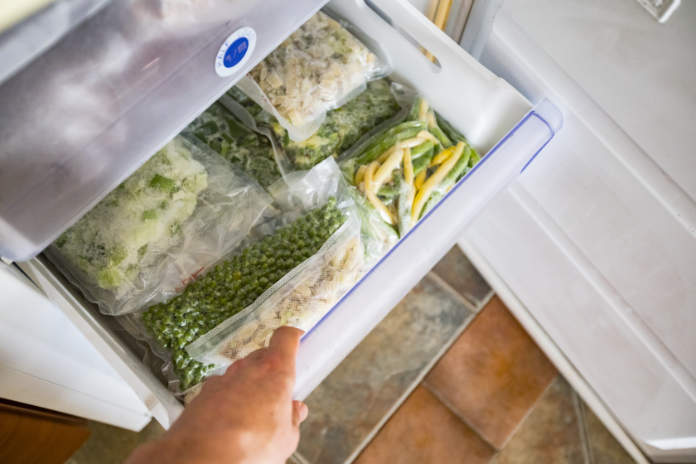
- Blanching
Blanching is easy. Immerse veg in boiling water, bring to the boil quickly and continue for several minutes, depending on the vegetable. After blanching, plunge them into ice-cold water, drain and freeze.
Blanching kills bacteria and destroys enzymes that could taint food. Vegetables such as broad beans and Brussels sprouts must be blanched before freezing, while others including French and runner beans, cauliflower and sweetcorn also benefit from this method.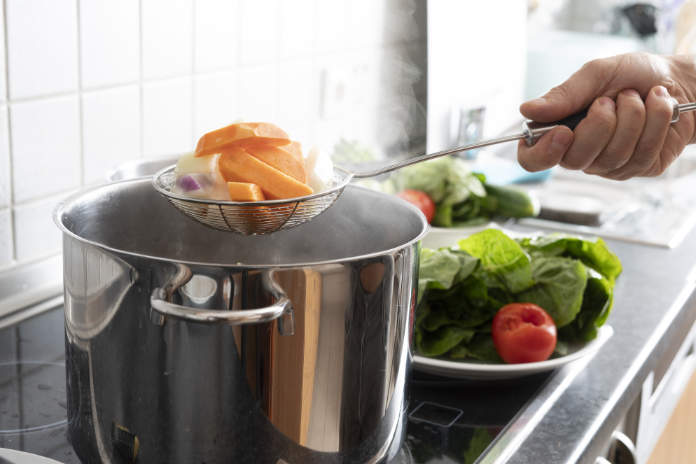
- Make sauces from tomatoes
Tomatoes aren’t good frozen whole – they will end up a mushy mess once defrosted – so it’s best to use any you’re not going to eat straight away in delicious pasta sauces, combined with onions and basil, storing in a Tupperware in the freezer. Alternatively, tomato chutneys are popular and if you have any unripe tomatoes left, they can be transformed into amazing green tomato chutney.
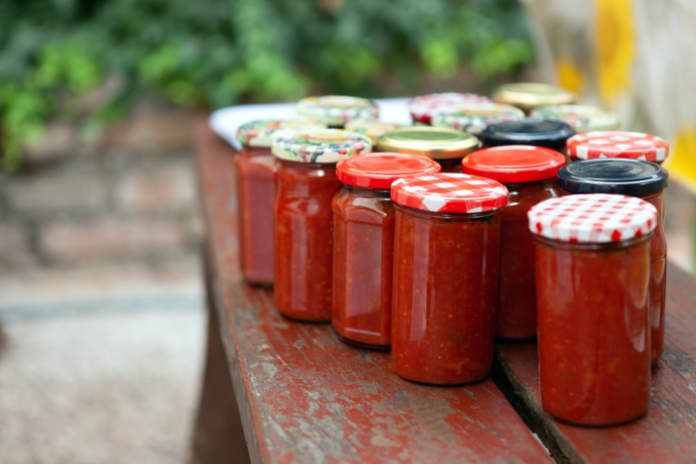
- Use baking trays to store soft fruit
If you’ve a glut of raspberries or blackberries, carefully place them individually on a baking tray lined with greaseproof paper and put it in the freezer. Once frozen, they can be transferred to plastic bags but won’t end up in a pulpy mess, which so many do if they are immediately squashed together in a bag after picking.
- Use airtight containers for lettuce
Lettuces are almost impossible to store for long. You can wash them, dry them off with kitchen towel and then store them in an airtight plastic container rather than a plastic bag in the fridge – the smaller leaves tend to last longer loose in a container rather than squashed in a bag. Cut bigger hearting lettuces almost before they are ready if you’re likely to have gluts, and just pick off the leaves as you need them from cut-and-come-again varieties.
- How to preserve root vegetables
Maincrop root vegetables such as carrots and potatoes are usually lifted in the autumn for storage indoors and placed in layers between sand or peat in a frost-free shed.
Other vegetables which will keep in a cool, dry, frost-free place include onions, garlic, marrows, pumpkins, winter squashes and winter cabbages.
Some root vegetables, such as carrots, swedes, parsnips and turnips, can be left in the ground and lifted as required. Brussels sprouts, winter cabbage and leeks will also stand outside until required.
You need to mark the root crops so you know where they are once the leaves have died down, then cover the soil with straw and black plastic to stop the soil freezing and make the produce easier to dig up.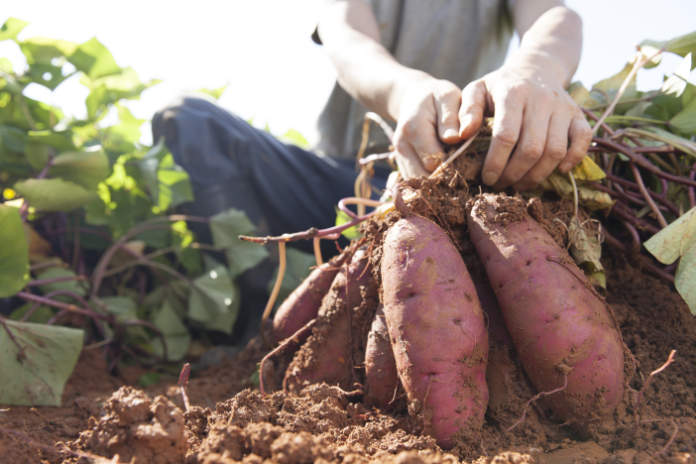
- Store apples in newspaper and boxes
Later in the season, take care with your apple harvest. Grow a variety that will store well, such as Egremont Russet, Kidd’s Orange Red, Sturmer Pippin, Bramley’s Seedling, Lord Derby and Newton Wonder. These are all late-maturing, which will ripen after October. Pick them immature (from late September to mid-October) and store them until they ripen.
The best time to pick the fruit is when it has reached its full size, but not yet ripened. Suitable storage places include garages, brick outhouses and cellars. You need a low and even temperature, ideally around 4C (39F) to ensure quality of both apples and pears.
Large crops of apples should be individually wrapped in newspaper and packed in boxes. If you don’t have a lot, put them into unsealed plastic bags. Pears should be picked unripe and left to ripen off the tree. They should not be wrapped, but need to be stood on shelves or trays.
You need to check on your autumn fruits from time to time to make sure that none of it has rotted. If it has, remove the fruit from the batch.
If you take these storing measures, before you know it, you’ll be raiding the cellar or shed for some more apples and pears, onions and garlic, or nipping into the garden for some fresh carrots and swedes – and the glut that you thought you’d never get rid of will soon be diminishing.
Need more advice? Read our guide to how to grow fruit and veg on your balcony and windowsill.























































